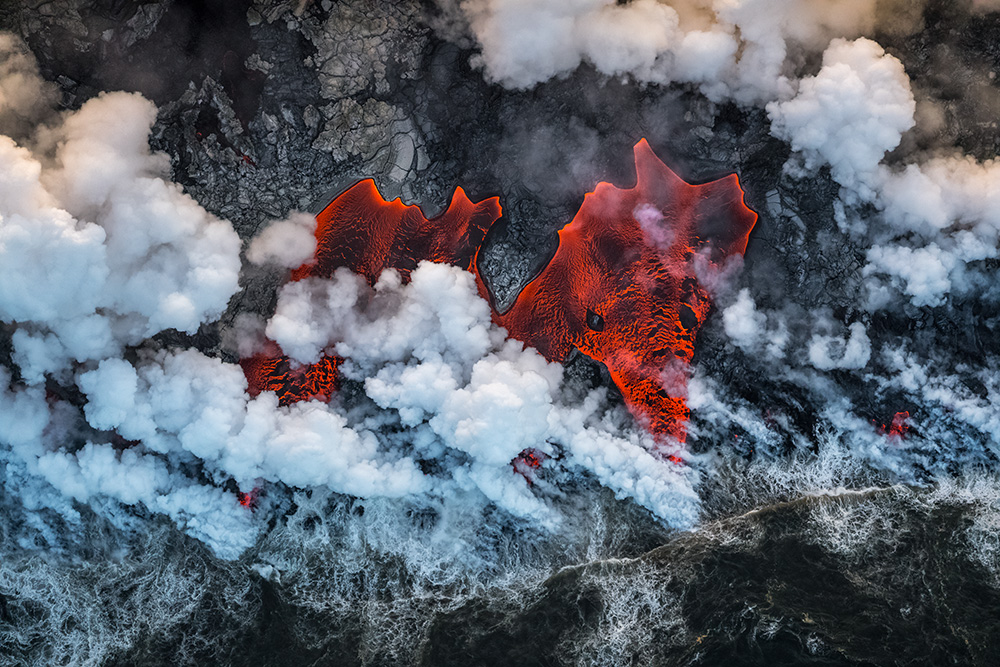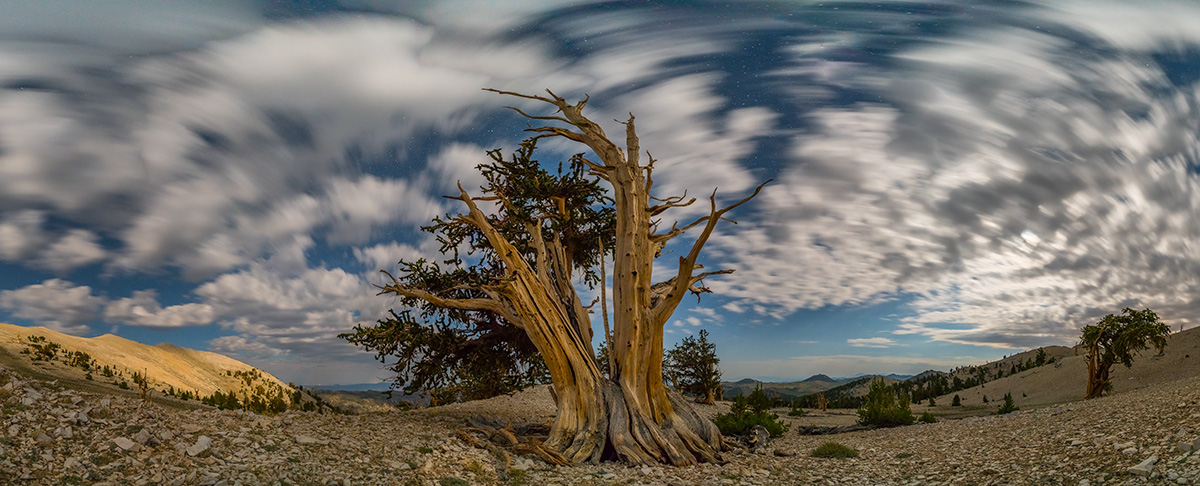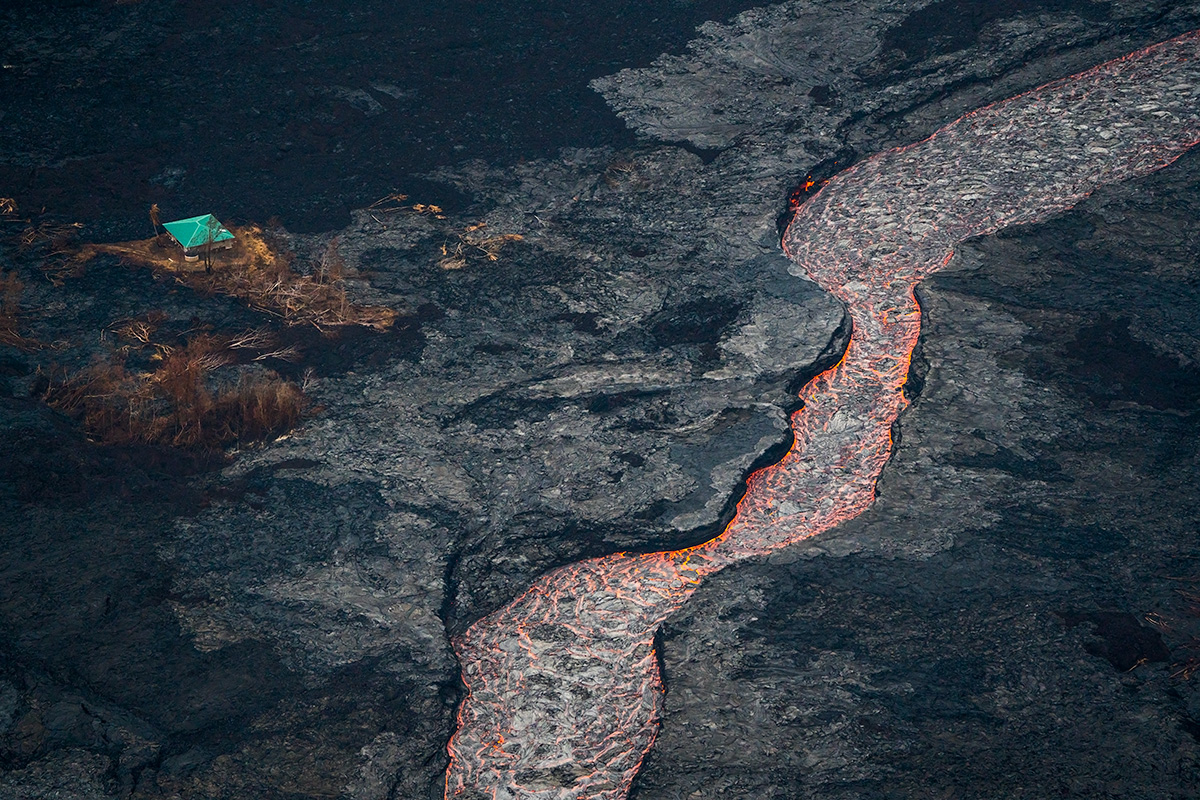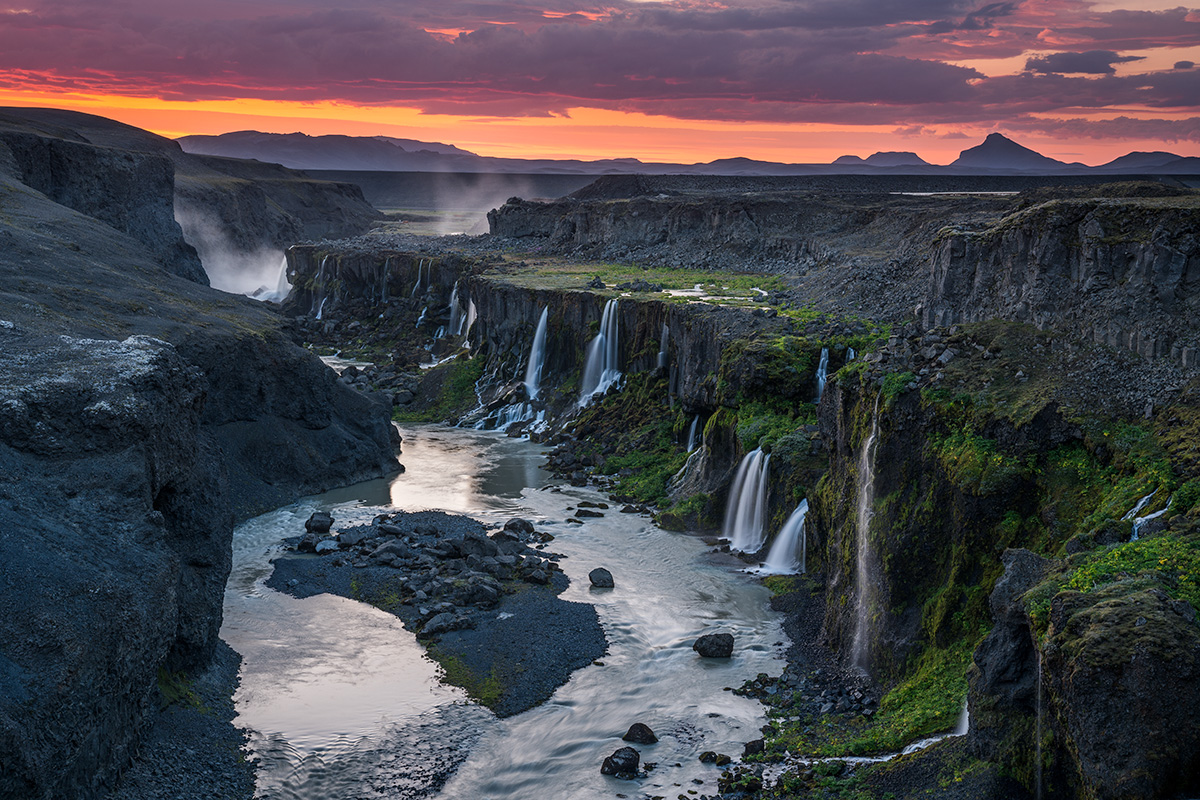
English version below
Cuando me compré mi primera cámara, hace ya varias décadas, las opciones de formación eran realmente escasas, no existía internet y en el mejor de los casos podía recurrir a algún manual de fotografía general. Con el paso de los años he sido consciente del enorme peso que ha tenido este aspecto en mi proceso de aprendizaje y como consecuencia directa, de mi estilo.
En mi caso el proceso creativo siempre es el mismo: primero me planteo un objetivo, una idea, una emoción,… y luego me pregunto qué habilidades tengo que desarrollar para conseguir transformarlo en una imagen. Un ejemplo sencillo sería cómo me inicié en la fotografía panorámica. Primero me surgió la oportunidad de realizar este tipo de tomas, y con el paso del tiempo la oportunidad se convirtió en necesidad, una vía para seguir planteándome nuevos retos. Como consecuencia me tuve que buscar la vida para formarme en esta disciplina, investigando sobre la composición, la técnica y el procesado, para que ninguna de estas variables supusiesen un obstáculo para alcanzar mi meta.
Hoy en día las cosas son muy diferentes. El problema de la formación es justo el contrario. Internet nos ha traído un exceso de información. Las redes sociales se han poblado de profesores e incluso maestros del paisaje que nos hacen la vida más fácil. Nos proporcionan atajos para aprender más rápido, nos proponen reglas de composición para guiarnos, comparten con nosotros su maravilloso flujo de trabajo, que nos promete una vía directa, rápida y sin sorpresas al éxito.
Pero todo camino tiene su peaje,…
En este caso el precio a pagar es que hoy en día casi todas las fotografías se parecen. Los mismos lugares fotografiados con las mismas manidas reglas de composición, aplicando el flujo de trabajo de moda. Casi nada nos sorprende ya.
Lo peor que me puede ocurrir es que mis fotografías tampoco me emocionen, así que evito a toda costa componerlas en base a ninguna regla. Para mí sería como si obligásemos a un pintor a seguir una secuencia de puntos para trazar su boceto en el lienzo. Eso queda muy bien en la página de pasatiempos de la edición dominical de un periódico, pero seguro que nos resistiríamos a calificar el resultado como creativo.
Reconozco que la regla de los tercios, la proporción áurea, buscar un primer plano potente con el gran angular para potenciar el impacto visual, son pautas que cuando uno empieza en la fotografía le pueden servir de guía. Pero si uno se queda anclado en esos estereotipos, corre peligro de sumarse a la legión de fotógrafos que repiten una y otra vez la misma fotografía en diferentes localizaciones.
Tener en la cabeza la proporción áurea puede ser muy útil si se quiere construir el Partenón, pero cuando trabajas una composición fotográfica es un obstáculo, si lo que te propones es conseguir una imagen fresca, personal y sorprendente.
La única norma que tengo presente, porque me ha ayudado a encontrar mi propio camino, es que la ejecución nunca debe condicionar la visión. Lo primero es soñar, o como mínimo concretar lo que queremos transmitir, luego nos centraremos en cómo lograrlo, en las habilidades que es necesario adquirir. En los cursos se le da importancia al cómo, a la técnica y a las reglas, porque es más fácil y se pueden emplear fórmulas, que en el fondo es lo que busca la mayor parte de los asistentes a los cursos, la alquimia que conduzca con rapidez a ser un buen fotógrafo. Ese es uno de los pecados originales de un arte que está instrumentalizado, mediatizado por un dispositivo, la cámara de fotos. La esclavitud de la técnica.
Las reglas son útiles para impartir una masterclass, porque le dan un toque de academicismo a la ponencia. También son un buen recurso para dar la apariencia de que se sabe de lo que se habla. Y son una gran herramienta para que los cursos de fotografía tengan una didáctica más estructurada. No digo que no haya que conocerlas, ¡claro que sí! pero son más útiles para el pretendido experto profesor, que para las aspiraciones de sus confiados alumnos.
Desconfía cuando tu profesor de fotografía te insiste en que busques un primer plano potente para componer tu imagen. Puede que luego te resulte muy difícil sacar los ruedines a tu bicicleta o caminar sin tus flamantes muletas. Puede que cuando quieras, ya no puedas liberarte de esos grilletes.
Reconozco que lo que os propongo es poco ortodoxo, pero la ortodoxia es el camino mas corto para llegar a la auto-complacencia y a ser un experto imitador de uno mismo.
Si ya es difícil encontrar el propio camino, lo es mucho más guiar a otros que quieren aprender. No hay camino fácil, pero al menos que el que elijas sea el tuyo y no el de otros.
Cuando sustituyes las reglas por la pasión y los atajos por una inquebrantable voluntad de conseguir tu sueño, tienes más posibilidades de ser auténtico. Es posible que fracases, pero será tu fracaso el que te emocione y te anime a volver a intentarlo y te inspire a reinventarte.
Las cuatro imágenes que acompañan esta entrada en el blog han sido premiadas en la última edición del Memorial María Luisa, uno de los certámenes de su clase con más larga trayectoria, más auténtico y más competitivo por la cantidad de candidatos que se presentan. Habréis comprobado que ninguna de ellas tiene un primer plano potente y todas ellas os retarán a encontrar la aplicación de las reglas de oro de la composición, pero con suficiente esfuerzo y paciencia, seguro que alguna encajará. Si se busca, se encuentra.

English version

When I bought my first camera, several decades ago, training options were really scarce, there was no internet and at best I could resort to some general photography manual. Over the years I have become aware of the enormous weight this aspect has had in my learning process and as a direct consequence, of my style.
In my case, the creative process is always the same: first I set myself an objective, an idea, an emotion,… and then I ask myself what skills I have to develop to be able to transform it into an image. A simple example would be how I got started in panoramic photography. First I had the opportunity to take this kind of pictures, and as time went by the opportunity became a necessity, a way to keep on posing new challenges. As a consequence, I had to find my life to train myself in this discipline, researching about composition, technique and processing, so that none of these variables would be an obstacle to reach my goal.
Today things are very different. The problem of training is just the opposite. The Internet has brought us an excess of information. Social networks have been populated by teachers and even landscape masters who make our lives easier. They provide us with shortcuts to learn faster, they propose rules of composition to guide us, they share with us their wonderful workflow, which promises us a direct, fast and unsurprising way to success.
But every road has its toll,…
In this case the price to pay is that nowadays almost all photographs look alike. The same places photographed with the same old rules of composition, applying the fashionable workflow. Almost nothing surprises us anymore.
The worst thing that can happen to me is that my photographs do not excite me either, so I avoid at all costs to compose them based on any rules. For me it would be like forcing a painter to follow a sequence of points to trace his sketch on the canvas. That looks great on the hobby page of the Sunday edition of a newspaper, but I’m sure we’d be reluctant to call the result creative.
I recognize that the rule of thirds, the golden ratio, seeking a powerful close-up with the wide angle to enhance visual impact, are guidelines that when you start in photography can serve as a guide. But if you get stuck in those stereotypes, you run the risk of joining the legion of photographers who repeat the same picture over and over again in different locations.
Having the golden ratio in your head can be very useful if you want to build the Parthenon, but when you are working on a photographic composition it is an obstacle, if what you want is to get a fresh, personal and surprising image.
The only rule I have in mind, because it has helped me find my own way, is that the execution should never condition the vision. The first thing is to dream, or at least make concrete what we want to convey, then we will focus on how to achieve it, on the skills that need to be acquired. In the courses, importance is given to how, to the technique and to the rules, because it is easier and formulas can be used, which in the end is what most of the people attending the courses are looking for, the alchemy that leads quickly to being a good photographer. This is one of the original sins of an art that is instrumentalized, mediatized by a device, the camera. The slavery of the technique.
The rules are useful for teaching a masterclass, because they give a touch of academicism to the lecture. They are also a good resource to give the appearance that you know what you are talking about. And they are a great tool for photography courses to have a more structured didactics. I’m not saying you don’t have to know them, of course you do! But they are more useful for the supposedly expert teacher, than for the aspirations of his confident students.
Be wary when your photography teacher insists that you look for a powerful close-up to compose your image. You may then find it very difficult to get the extra wheels off your bike or to walk without your brand new crutches. You may not be able to free yourself from those shackles at any time.
I recognize that what I am proposing is unorthodox, but orthodoxy is the shortest path to self-complacency and to being an expert imitator of oneself.
If it is already difficult to find one’s way, it is much more difficult to guide others who want to learn. There is no easy path, but at least the one you choose is your own and not someone else’s.
When you replace rules with passion and shortcuts with an unwavering will to achieve your dream, you have a better chance of being authentic. You may fail, but it is your failure that will excite and encourage you to try again and inspire you to reinvent yourself.
All the images that accompany this blog entry have been awarded prizes in the latest edition of the Memorial María Luisa, one of the competitions of its kind with the longest history, most authentic and most competitive in terms of the number of candidates entered. You will have seen that none of them has a powerful foreground and all of them will challenge you to find the application of the golden rules of composition, but with enough effort and patience, I am sure that some of them will fit. If you look, you will find…

Que maravilla de fotos Luis ,me encantaron a pesar de los comentarios ,a veces la tecnología no nos satisface ,pero es bueno avanzar ,como decía Confucio :Quien no avanza cada dia ,retrocede cada dia,
Mil gracias Daría, me alegro de que te hayan gustado. Confucio era un sabio!